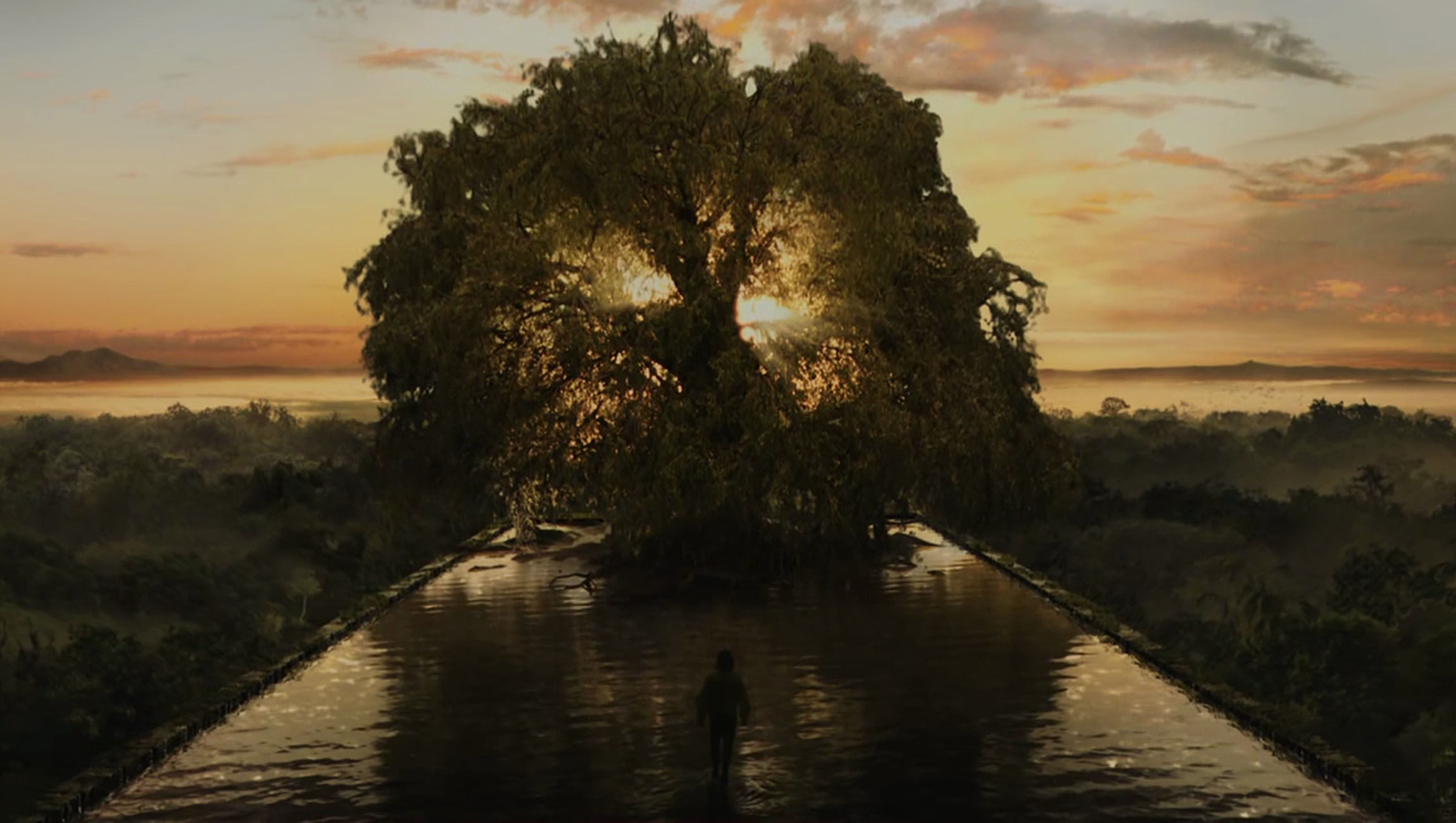Create a free profile to get unlimited access to exclusive videos, sweepstakes, and more!
What was thought to be the ancient 'tree of life' was actually…dead

Yggdrasil was not the only mythical tree of life. 800 years ago, there was supposedly another tree that was supposed to be the symbol of life and the heartbeat of the world — or was there?
The Plaza Tree of Pueblo Bonito, a ponderosa pine found in Chaco Canyon, New Mexico, was thought to be another Yggdrasil for years. It was a tree of legend that was part of local birth and life beliefs, supposed to symbolize the center of life on Earth for the denizens of Pueblo Bonito. Now archaeologist Christ Guiterman of the University of Arizona in Tucson and his research team have taken a more scientific look at the tree’s remains and think that it was far from being a life force. To be blunt, it was dead.
“The tree was likely carried to Pueblo Bonito sometime between AD 1100 and 1130, although why it was left in the west courtyard, what it meant, and how it might have been used remain mysteries,” Guiterman said in a study recently published in American Antiquity.
His team came to this conclusion because of the origins of the tree that spoke to them from the distant past. After exploring three possible growth scenarios, along with past documentary records, and strontium isotopes, they found that it never actually rooted in Pueblo Bonito to begin with. Strontinum in the local dust and water is a strong giveaway that were taken in by the tree as it absorbed nutrients through its roots in the area where it grew. Guiterman believes that the Plaza Tree was probably intended for use as beams for building or even a bench.
So what was its otherworldly significance, if any? The research team thinks that it could have been the gnomon (upright part that casts a shadow showing the time and date) of a giant sundial. Changes in seasons and even the dawn or dusk of certain days have been religiously observed at many sacred sites over the course of human history — Stonehenge anyone? — so it wouldn’t be a complete surprise if more evidence is found pointing to that. Even the Sphinx was purposely designed to allow the last of the sun’s rays to shine over its shoulder on the spring and fall equinox.
Then again, maybe the Plaza Tree really was just waiting to turn into beams for an unbuilt dwelling or firewood that never got its chance to blaze.


























